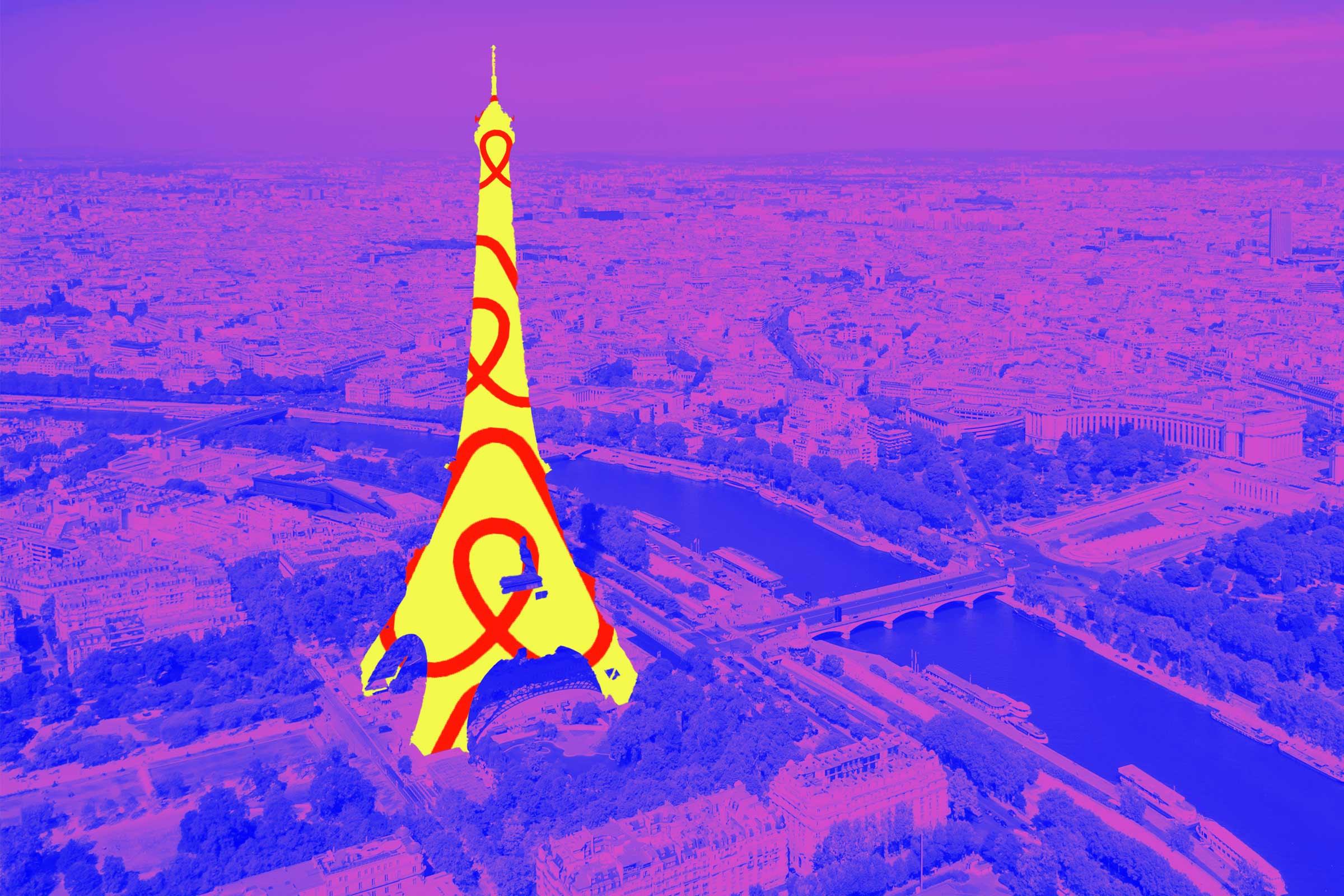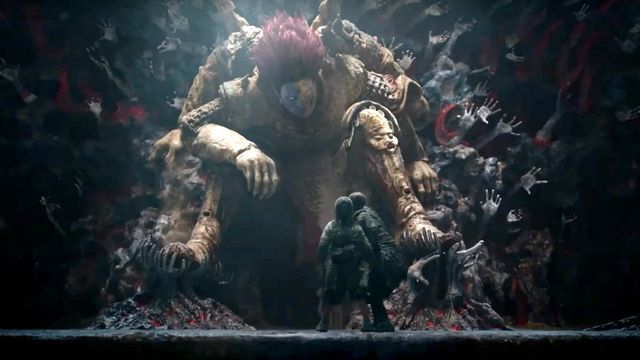Tim Webber was almost done with the movie. He and his team of visual effects magicians were at the end of a years-long journey working on Gravity. They’d repurposed robots, invented new technologies and made a film in ways nobody had ever dreamed. Now they were ready to deliver the final shot which, ironically enough, was the first of the movie. The intricate 13-minute-long take that finds Sandra Bullock and George Clooney go from peacefully floating in space to scrambling for survival was the first shot they started work on close to three years prior. It took so long that it turned into the last shot they had to deliver. The final hurdle was one more screening for director Alfonso Cuaron. One last check for the director and co-writer to sign off and pop the champagne.
That’s when Cuaron decided the first half of the shot would look better upside down.
“He wants everything to be better. And we knew it was looking great, but we knew that he'd find something,” VFX Supervisor Tim Webber said when he joined us on the CineFix Top 100 (watch at the top of this page) to celebrate the 10-year anniversary of the Academy Award winning Gravity. The story of what should have been the final day of production may seem tragic in a way, but it seems like a microcosm of the entire film.
After three years of working on the shot, Tim Webber and his team knew it back to front and, of course, upside down. “One of the things we do when you see a shot, when you've seen it a thousand times, one of the most important things is trying to keep a big picture of it,” he said. To manage this, they turned to an old painter's trick. For hundreds of years painters have looked at their near complete canvases in a mirror. The reversed image provides a set of fresh eyes and a new perspective. The artist can see a thing they’re intimately familiar with as a whole thing, not a series of small choices.
“But of course, with Gravity, because there's no up and down,” Webber said, “we actually decided, ‘Hey, why don't we turn it upside down and we'll show it to him that way? He'll see it with a fresh eye and he'll love it because it's great and it will all be fine and we'll have finished.’”
Apparently, the trick worked wonders. Alfonso Cuaron was convinced the first half, and only the first half, of the epic long take really did work better upside down. But it’s not like Tim could just spin it around and be done with it. The first part of the shot could be upside down, while the last part stayed the way it had been planned for three years, and a few minutes of the middle were used to slowly spin the perspective.
It also meant completely re-rendering the shot. Thanks to the aforementioned new technology they dreamt up just to make this movie possible, that was no small feat. Tim and his team developed a Light Box technology that they nicknamed “Sandy’s Cage” thanks to the countless hours she spent inside it. The box was made of high-resolution panels playing back footage of Earth and stars that provided the actors with eyelines, but also served as the main light source. Meanwhile, that footage was synced with the movement of cameras on robotic arms repurposed from a car assembly line so that while the actor stayed relatively still, the lighting and camera moved to give the illusion of Sandra Bullock spinning uncontrollably in the vacuum of space. But the actors' faces were the only real thing on screen. The VFX team animated literally every other photorealistic detail, from the smallest creases on their suits to the entire shuttle exploding all around them.
Needless to say, the film had a ton of moving parts and the work took months. The team estimated that if they’d rendered the entire movie on one computer it would’ve taken 5000 years, or in other words, they would’ve had to start around the same time the Aegean Bronze Age began. The nearly 13 minutes of the opening long take makes up about 16% of the film’s entire run time, so to render just this one shot on the same computer would’ve needed to start during Ghengis Kahn’s reign some 800 years ago to be delivered on time.
To go even further back than that, prep for the film started with them considering wire work, with actors suspended on a soundstage to fake the zero gravity. They discussed the way Ron Howard, for example, had done it in Apollo 13 with shorter takes in a vomit comet simulating zero g for quick stretches of time. Of course, you can’t do an Alfonso Cuaron-level long take with either of those approaches.
“We sort of gradually made the decision to essentially create most of the movie in CG and just to film the faces, essentially, you know. It wasn't like a single decision that happened at one moment,” Webber says.
“But [Alfonso] knew it would make a difference, and he managed to persuade the studio to give us the time and the money to do it. And it made a difference.”
It’s hard to argue that it didn’t make a difference. As we discuss in the CineFix Top 100 Gravity episode, the film was nominated for 10 Academy Awards and came home with seven, including a trophy for Tim Webber and his team. The process was long and uncertain but the crew took it one hurdle at a time and made something truly spectacular.
And, yes, one of the hurdles was Cuaron asking for half of the opening shot to be flipped upside down on the day the film was supposed to be done.
“I think our journey was very similar to [Sandra Bullock’s] Ryan Stone’s,” Webber opines. “Just keep getting hit in the face by a new challenge, so as soon as you solve one, some new field of debris comes flying in.”
We had a wonderful conversation with Tim so please check out the entire 90 minutes of insight into the making of Gravity on the CineFix Top 100 (at the top of this page), including what made Director of Photography Emmanuel Lubezki so happy, what it was like being a VFX artist in an Oscars campaign and how many times he’s wanted to shake people he's caught watching Gravity on a plane!






